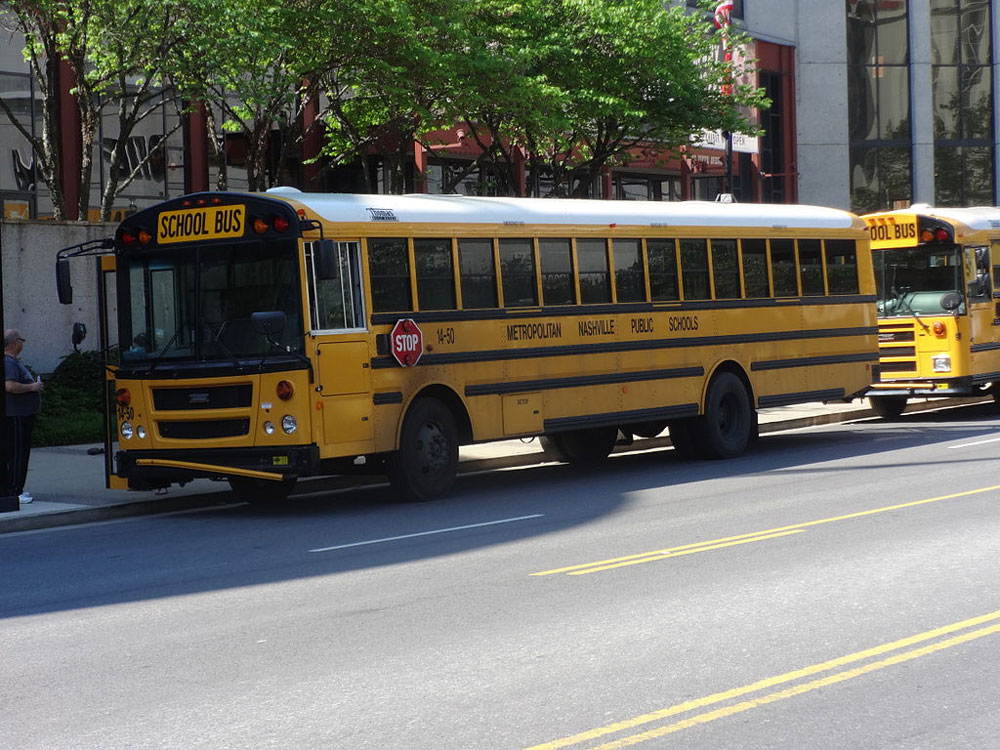
September 4, 2019; Washington Post
Attending an integrated public school and reaping the significant lifelong benefit that comes from a diverse educational environment remains an unfulfilled promise for too many children. According to the New York Times, “More than half of the nation’s schoolchildren are in racially concentrated districts, where over 75 percent of students are either white or nonwhite.” In addition, school districts are as segregated by income. “The nexus of racial and economic segregation has intensified educational gaps between rich and poor students, and between white students and students of color.”
We know that all students—rich and poor, white and of color—benefit from attending schools where children come from diverse backgrounds. Yet creating integrated public schools has proven difficult. In covering the 65 years of continuing difficulty fulfilling the potential of Brown v. Board of Education, NPQ wondered a year ago, “Have we reached a point where the nation’s effort to build a truly fair and integrated school system should be deemed a failure? Rather than keep battling to convince white parents to end their efforts to outflank integration plans, is it time to stop?”
A recent Washington Post article by Ansley T. Erickson, associate professor at Columbia University’ Teachers College, provides an important insight into why even long-term robust efforts at desegregation have come up short and clarifies the challenge we face.
To be effective, school integration efforts must see their goal as going beyond statistically balancing school enrollment. Every step toward the desired end must impact all parts of the system. Using Nashville, a city which met statistical tests of integration better than most American communities, as a model, Erickson concludes that “statistical desegregation did not guarantee equal concern about the education of all students or equality in the process of desegregation.”
In Nashville, as in many places across the country, white citizens and their allies in education and government made sure to protect what they perceived to be their interests even as their city desegregated.
[…]
Sign up for our free newsletters
Subscribe to NPQ's newsletters to have our top stories delivered directly to your inbox.
By signing up, you agree to our privacy policy and terms of use, and to receive messages from NPQ and our partners.
Desegregation—whether past, present or future—depends on thousands of small decisions: where students will go to school, with whom, with what teachers, what curriculum, what supports.
When decisions were made that demanded sacrifice and pain, communities of color and poverty were asked to pay the price in order to shield white communities. For example, when Nashville’s leaders began to consolidate two separate school systems into a new and integrated district, they chose only to mothball only schools in predominantly black neighborhoods. “As a result,” she writes, “black students…spent more time and more years on the bus than their white counterparts.” They “could not join sports teams and other extracurricular activities—which increased engagement with school, including in academic areas—because they had no way to get home afterward.”
With schools farther away from home, parents without cars (disproportionately likely to be black rather than white) struggled to support their children at events or parent-teacher conferences. Nashville did not ask white 5-, 6- and 7-year-olds to ride buses out of their neighborhoods, fearing their parents’ opposition. But it made just this demand of black children and families in thousands of cases. Many black families saw desegregation’s benefits, but weighed them against these costs as well.
As two separate groups of educators were merged, Black personnel did not find themselves in positions of power, visibility and influence.
Black principals and administrators like their peers nationally found themselves demoted to lesser roles—ensuring that fewer white parents encountered black people in positions of authority. Black educators then had less power to influence how desegregating schools approached crucial issues like curriculum or discipline. Schools opened new tracks into which (predominantly white) guidance counselors shunted black students, leaving college-bound classes overwhelmingly white.
With schools opening across the nation, when American schools are as segregated as they were prior to the epochal moment of Brown v. Board of Education, these are painful lessons to learn.
Segregated schools, like segregated communities, result from decisions made by those who make public policy. The necessary changes require sacrifices and discomfort to succeed, and pains must be taken to ensure the burden of that change is shared equally.—Martin Levine













